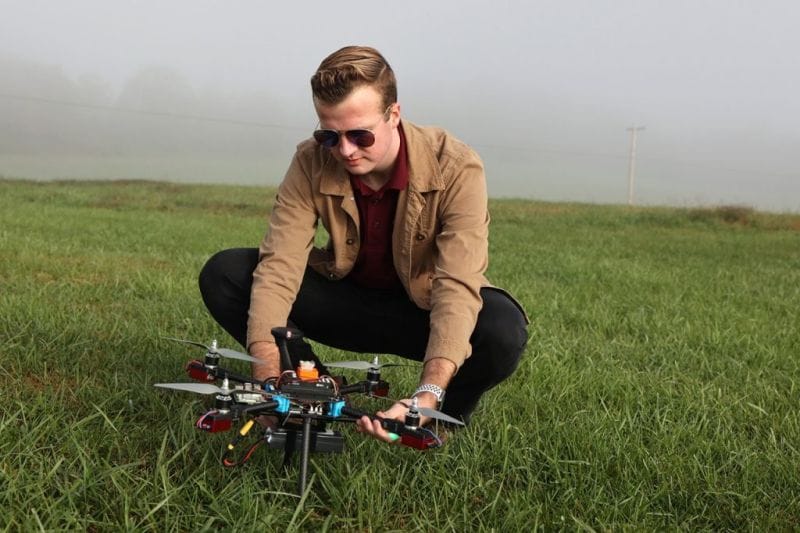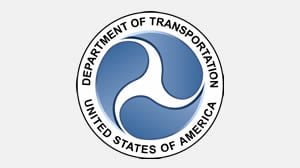RSS feed source: National Science Foundation
With the devastating hurricanes that swept the southeastern United States at the end of 2024, new and better ways to get critical supplies to disaster zones and rural areas are essential. U.S. National Science Foundation Graduate Research Fellow Garrett Asper is devoting his research during his fellowship to advancing flight control systems for electric or hybrid vertical takeoff and landing vehicles (eVTOLs), which can move people and cargo “more quickly, quietly and cost-effectively than traditional helicopters or ground transportation” according to this article from Virginia Tech.
EVTOLs, which combine the vertical takeoff of helicopters with the ability to transition to horizontal flight like airplanes, are being called “the future of flight.” However, the controls during transitioning from horizontal to vertical flight still need improvement before they can be deployed during disasters. Asper’s research focuses on developing and flight-testing new control algorithms to ensure the safety, speed and efficacy of eVTOL transport. He aims to make the tools he’s creating open source, allowing other researchers to use them to test their work. By doing so, he hopes to advance the entire field and bring us closer to the day when critical supplies and aid can be quickly airlifted to disaster zones.
An aerospace engineering doctoral candidate at Virginia Tech, Asper is a researcher in the Nonlinear Systems Laboratory and the NSF-funded Uncrewed Systems Laboratory. He
Click this link to continue reading the article on the source website.


